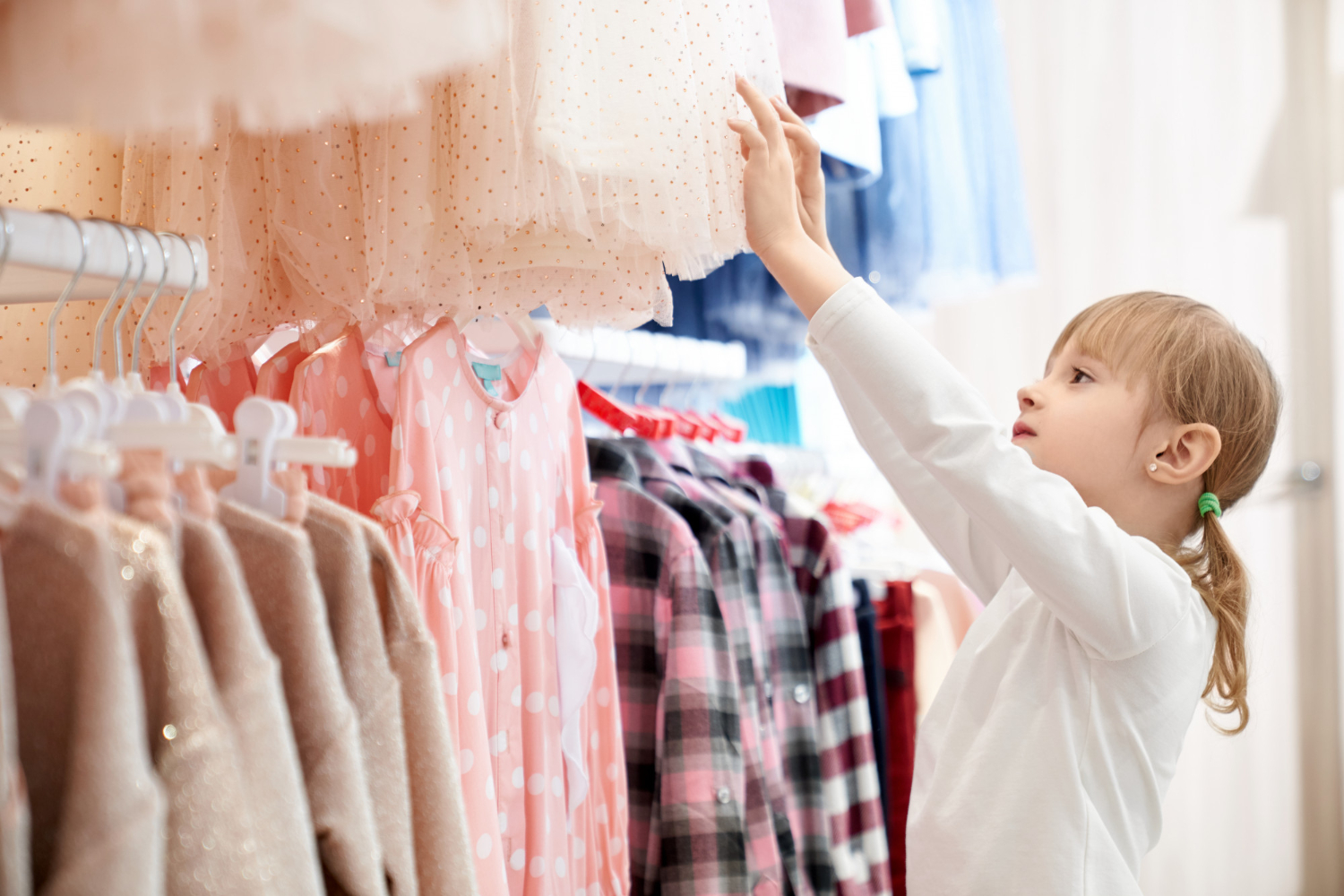
Are you putting together a layette for your little one or updating your preschooler's wardrobe for the upcoming season? One of the most important (though often underestimated) aspects is the material used to make baby clothes, bedding, and swaddles. Baby skin is exceptionally delicate, so it's worth choosing baby-safe fabrics that will wrap them in a comfortable embrace, ensure a restful sleep, and prevent allergic reactions. Learn which materials you should pay attention to.
The safety of the youngest is a priority
In the first months of life, a baby's skin is up to five times thinner than an adult's. This means it's easily irritated and reacts more quickly to harmful substances, such as chemicals used in fabric production. Safe fabrics for babies are natural, breathable, hypoallergenic, and certified. Ideally, they should be OEKO-TEX Standard 100 or GOTS certified—a guarantee that the material is toxin-free.
The best fabrics for children's clothes
Assembling a children's wardrobe and wondering which fabrics are the safest choice? Check out our tips!
Cotton – a classic that never disappoints
Soft, breathable, absorbs moisture well, and is easy to wash. Cotton is non-allergenic and very skin-friendly. It's worth considering organic cotton – produced without the use of pesticides and chemicals.
The following should be made of cotton:
- bodysuits and clowns ,
- bedding and sheets,
- cloth diapers,
- swaddles and accessories that come into direct contact with the baby's skin.
Bamboo – a natural superhero
Bamboo fabric is an increasingly popular choice among conscious parents. And it's no wonder—it's antibacterial, moisture-wicking, and thermoregulatory. It's a great option for summer, when little ones need extra protection from overheating.
Bamboo blankets, towels, sheets or bedding will be a hit1
Linen – airy and ecological
Linen may be associated with a slightly rough texture, but we guarantee you'll find it in a version that's soft and pleasant to the touch. It's very durable, non-allergenic, and naturally antibacterial. It's perfect for toddlers' wardrobes and nursery decor.
Baby summer clothes , curtains and canopies for the crib, or perhaps throws and decorations? Regardless of what you're looking for, remember that linen is an invaluable material for hot days.

Fabrics you should avoid
Not every soft fabric is suitable for a child, so you need to read labels carefully. Be wary of synthetics like polyester, acrylic, and nylon—they can irritate skin, don't wick away moisture, and often contain microplastics. While this is a tempting price, safety and comfort should be a top priority for little ones.
What to look for when buying? Important tips
When choosing fabrics for children's clothing, don't just focus on color and pattern (although those are important, of course!). Check out:
- whether the material is breathable;
- whether it is OEKO-TEX or GOTS certified;
- whether it is easy to wash;
- whether the clothing has no hard details, zippers or fasteners that may irritate the skin.
Take care of your child's comfort in the best possible way
Choosing child-safe fabrics is an investment in the health, comfort, and peace of mind of both you and your little one. Choose the best materials that are natural, certified, and proven. This will help you avoid many skin problems and ensure your child feels comfortable from the very first moments of life.


Podziel się:
What to Buy for Father's Day? Successful Gift Ideas
Summer colors – the most fashionable colors in a child's wardrobe